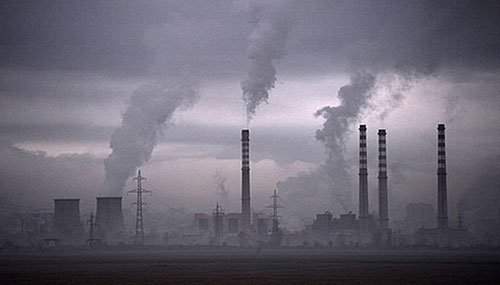How Burning Biomass Pellets Can Help Combat the Negative Effects of Burning High-Sulphur Coal
The use of coal as a source of energy has been a controversial topic for many years. While it has been a reliable and affordable source of energy, the negative impact on the environment cannot be ignored. Coal burning releases large amounts of harmful emissions such as sulphur dioxide, nitrogen oxides, and particulate matter, which contribute to air pollution and climate change. In recent years, there has been a push towards cleaner energy sources, but the transition has not been easy due to various factors such as cost and availability.
One solution that has gained traction in recent years is the use of biomass pellets in coal-fired power plants. Biomass pellets are made from compressed organic material such as wood, agricultural waste, or energy crops. These pellets have been used as a source of renewable energy for heating and electricity generation. However, their use in coal-fired power plants is a relatively new concept that has shown promising results in reducing the negative impact of burning high-sulphur coal.
So, how exactly can burning biomass pellets help combat the negative effects of burning high-sulphur coal?
Reducing Sulphur Emissions
One of the major benefits of using biomass pellets alongside coal is the reduction in sulphur emissions. Coal typically contains high levels of sulphur, which is released into the atmosphere when burned. This leads to the formation of sulphur dioxide, which contributes to acid rain and respiratory problems. Biomass pellets, on the other hand, have minimal sulphur content, making them a cleaner alternative to coal.
When biomass pellets are co-fired with high-sulphur coal, they act as a natural desulphurization agent. As the pellets burn, they release potassium and calcium compounds that react with the sulphur in coal to form calcium sulphate, a harmless byproduct that can be easily disposed of. This process, known as sulphur capture, can reduce sulphur emissions by up to 80%, making it a significant step towards cleaner air and a healthier environment.
Lowering Nitrogen Oxides
Burning high-sulphur coal also contributes to the formation of nitrogen oxides, which are known to cause respiratory problems and contribute to the formation of smog. Biomass pellets contain little to no nitrogen, making them a cleaner alternative to coal. Co-firing biomass pellets with coal has been shown to reduce nitrogen oxide emissions by up to 50%.
Moreover, biomass pellets have a lower burning temperature compared to coal, which helps control the peak flame temperature in the furnace. This reduction in temperature results in lower nitrogen oxide formation during combustion.
Cost-Effective Solution
One of the main challenges in transitioning to cleaner energy sources is the cost. Renewable energy sources such as solar and wind power can be expensive to implement on a large scale. On the other hand, biomass pellets are much more affordable and readily available. They can be made from various organic materials, including waste products from agriculture and forestry industries. This makes them a cost-effective alternative to high-sulphur coal.
In addition, co-firing biomass pellets with coal requires minimal changes to the existing infrastructure in coal-fired power plants. This means that power plants can continue using their current equipment while still reducing their environmental impact.
Sustainable Energy Source
The use of biomass pellets in coal-fired power plants also has environmental benefits beyond reducing emissions. As mentioned earlier, biomass pellets can be made from waste products, making them a sustainable energy source. By using these waste materials instead of letting them decompose or burn, we can lower our carbon footprint and reduce our dependence on fossil fuels.
Moreover, growing energy crops for biomass pellet production can also help sequester carbon from the atmosphere. These crops absorb carbon dioxide during photosynthesis and store it in their organic material, reducing the amount of greenhouse gases in the atmosphere.
Supporting Local Economies
Another advantage of using biomass pellets is that they can be produced locally, supporting local economies. Unlike coal, which is often imported from other countries, biomass pellets can be made from locally sourced materials. This not only creates job opportunities but also reduces the carbon footprint associated with transportation.
Conclusion
Burning high-sulphur coal has been a major contributor to air pollution and climate change. While the transition to cleaner energy sources has been slow, the use of biomass pellets in coal-fired power plants has shown promising results in reducing the negative impact of burning high-sulphur coal. By co-firing biomass pellets with coal, we can significantly reduce sulphur and nitrogen oxide emissions, lower our carbon footprint, and support local economies. This solution is not only cost-effective but also sustainable, making it a win-win for both the environment and our communities. It is time to embrace cleaner energy sources like biomass pellets and make a positive impact on the planet.






Comments are closed